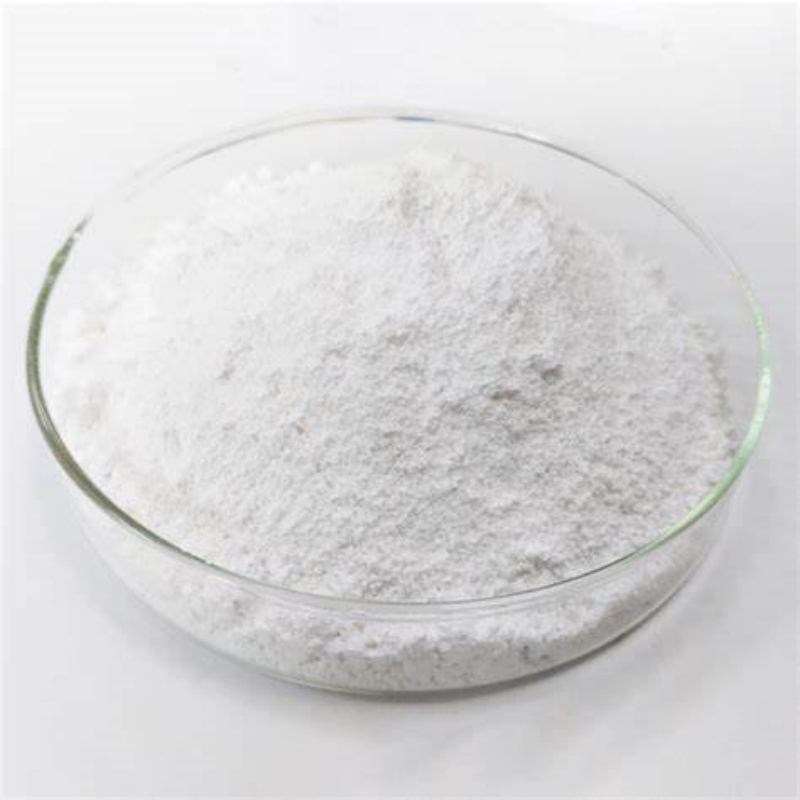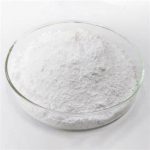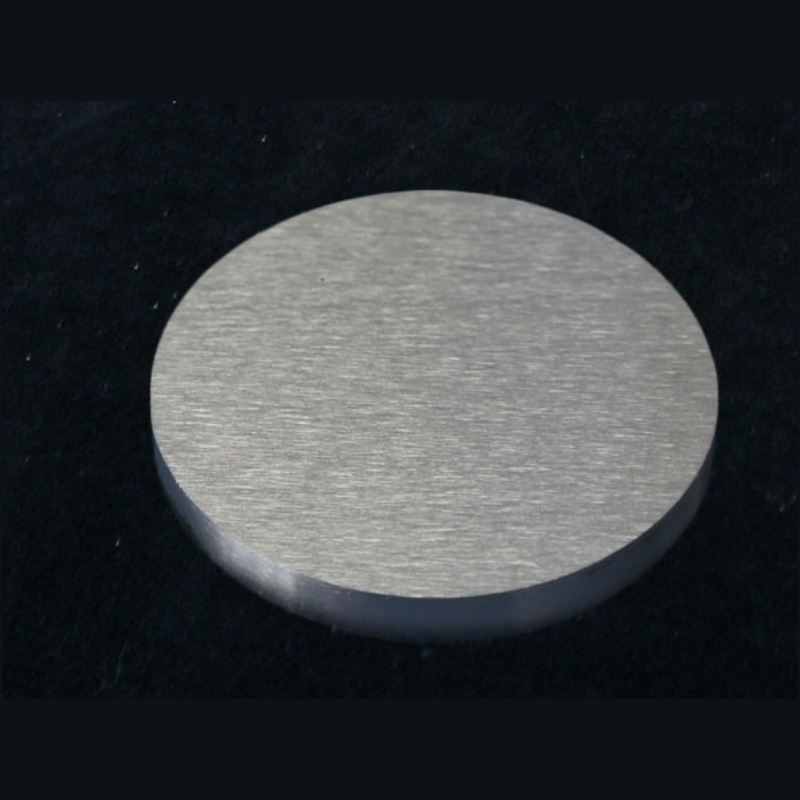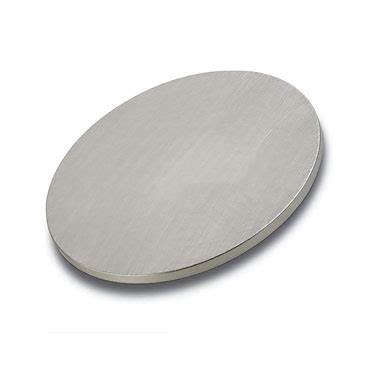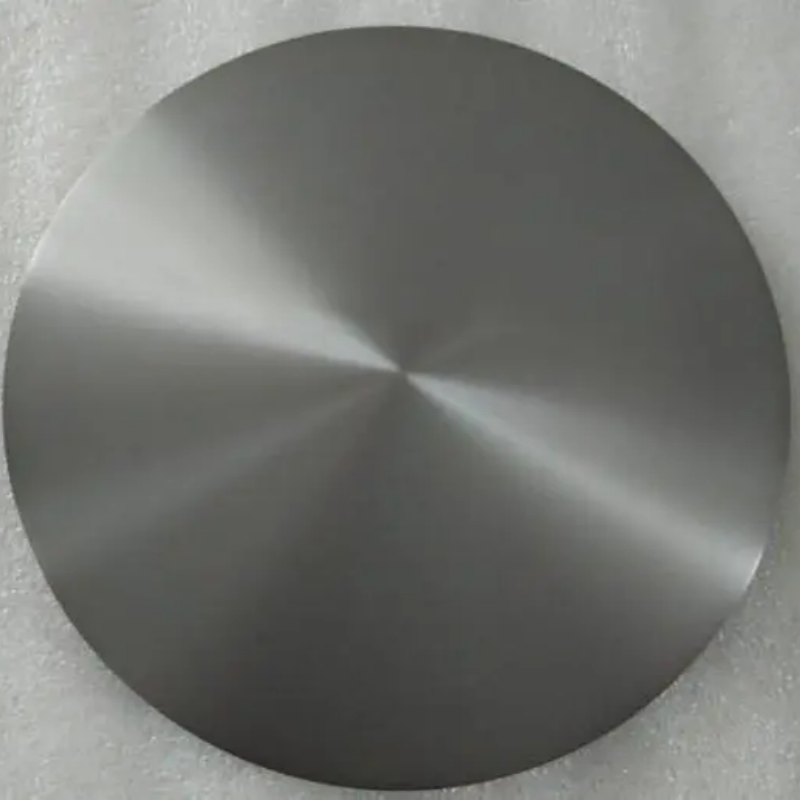Antimony(III) oxide (Sb₂O₃) is a high-purity inorganic compound widely used as a flame retardant, catalyst, and pigment. Known for its excellent thermal stability, optical properties, and chemical reactivity, it is commonly applied in plastics, rubber, coatings, glass manufacturing, and advanced material research. Due to its superior performance in fire-resistant formulations and specialized industrial processes, antimony(III) oxide plays a crucial role in precision engineering and high-performance applications.
Product Overview
Antimony(III) oxide (Sb2O3) is an inorganic compound typically found as a white solid. It occurs naturally in valentinite and senarmontite ores. This compound has low solubility in water but dissolves in acids. Due to its excellent catalytic properties, antimony(III) oxide is widely used across various industries.
Product Features
- Stability:Stable at room temperature with a high melting point (656°C).
- Catalytic Properties:As a catalyst, antimony(III) oxide plays a crucial role in the production of plastics and rubber.
- Flame Retardant Properties:When combined with halogenated materials, it enhances flame-retardant effects.
- High Density:Features a high density (α-type 5.2 g/cm³, β-type 5.67 g/cm³).
Applications
- Glass and Ceramics:Used as a clarifying agent in glass, ceramics, and enamels.
- Plastic Production:Serves as a catalyst in the production of polyethylene terephthalate (PET) plastics.
- Rubber Vulcanization:Catalyzes the vulcanization process in rubber.
- Flame Retardant Enhancer:Enhances flame retardancy when used with halogenated materials.
| Brand | 99.8 | 99.5 | |||
| Chemical Composition | Sb2O3 | 99.80Ⅰ | 99.80Ⅱ | 99.5 | |
| Impurities content ≤ | As | 0.03 | 0.05 | 0.045 | |
| Pb | 0.03 | 0.05 | 0.09 | ||
| Fe | 0.005 | 0.005 | 0.006 | ||
| Cu | 0.0025 | 0.0025 | 0.0025 | ||
| Se | 0.004 | 0.004 | 0.005 | ||
| Bi | 0.003 | 0.005 | 0.005 | ||
| Cd | 0.001 | 0.001 | 0.001 | ||
| Physical properties | Whiteness ≥ | 97 | 96 | 95 | |
| (μm) | 0.4-0.9 | 0.8-1.5 | |||
| Average pariticle size | |||||
 new material
new material

